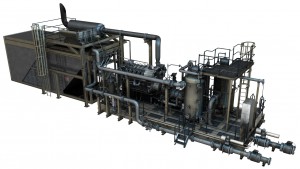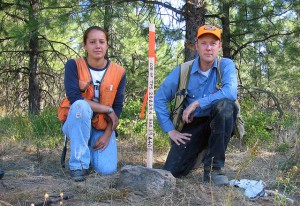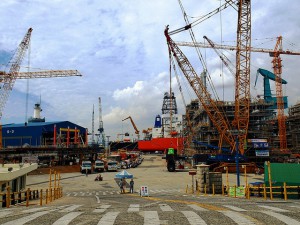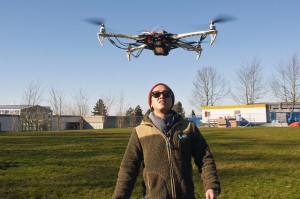Landpoint Acquires Land Surveying Firm Town and Country Surveyors
Landpoint, a national land surveying and mapping company, announces its recent acquisition of Town and Country Surveyors, LLC. Town and  Country Surveyors was established in 2003 and has become local leader of surveying services in The Woodlands, TX.
Country Surveyors was established in 2003 and has become local leader of surveying services in The Woodlands, TX.
“Town and Country has done a fantastic job in creating a reliable and successful company in the area” says James Souter, CEO of Landpoint. “There are many unique opportunities in partnering with this group of professionals that will benefit customers in the region. We look forward to expanding operations in the area and working closely with the additional team members that have joined our organization” Souter added.
Town and Country Surveyors operates in many different industry sectors including communications, commercial and civil development, and oil and gas. The existing management team at the company has years of experience in the local market. All employees will remain onboard with the company and operations will continuing to run normally.
Landpoint will be upgrading the current operational capacity of Town and Country Surveyors by combining offices with Landpoint’s existing personnel in The Woodlands and providing the company with new high precision surveying equipment, extending UAV (drone) services to existing customers, and implementing new business processes that help automate and improve efficiencies.
About Landpoint
Landpoint is an award winning company of land surveyors and technical specialists. The company provides services to engineering firms, oil and gas companies, and land development companies, as well as to the transportation and residential markets. The value added services and solutions offered by Landpoint are unmatched in the industry, allowing customers to realize significant time and cost savings.
To learn more about Landpoint’s services in The Woodlands, TX and around the country, visit www.landpoint.net.


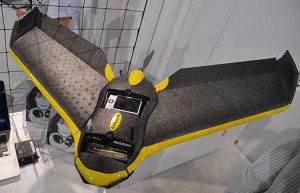
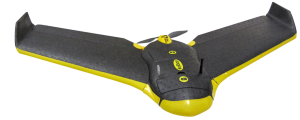
 celebrate Operational Excellence, innovations in technology, CSR, Health & Safety and Environmental Stewardship.
celebrate Operational Excellence, innovations in technology, CSR, Health & Safety and Environmental Stewardship.